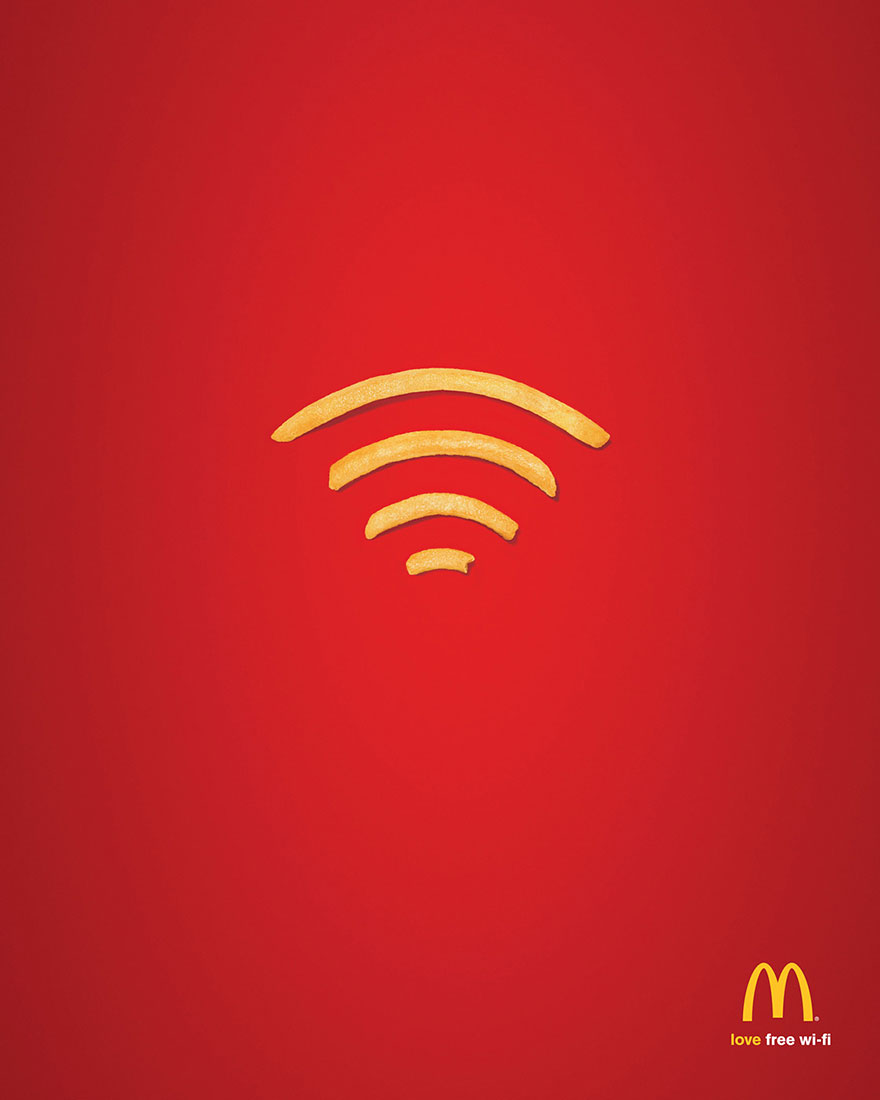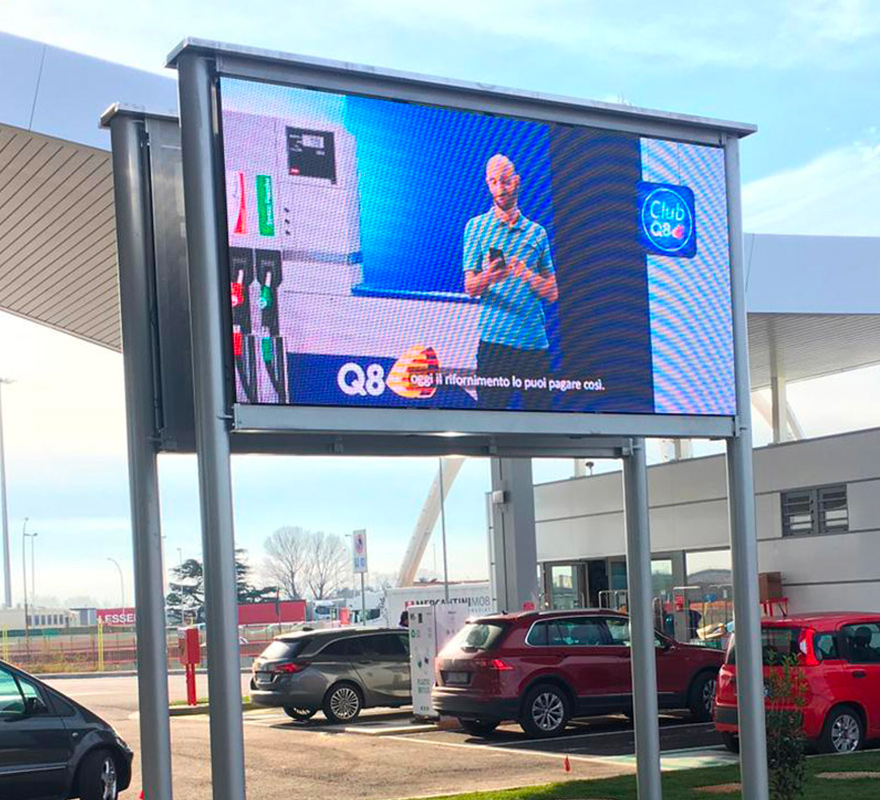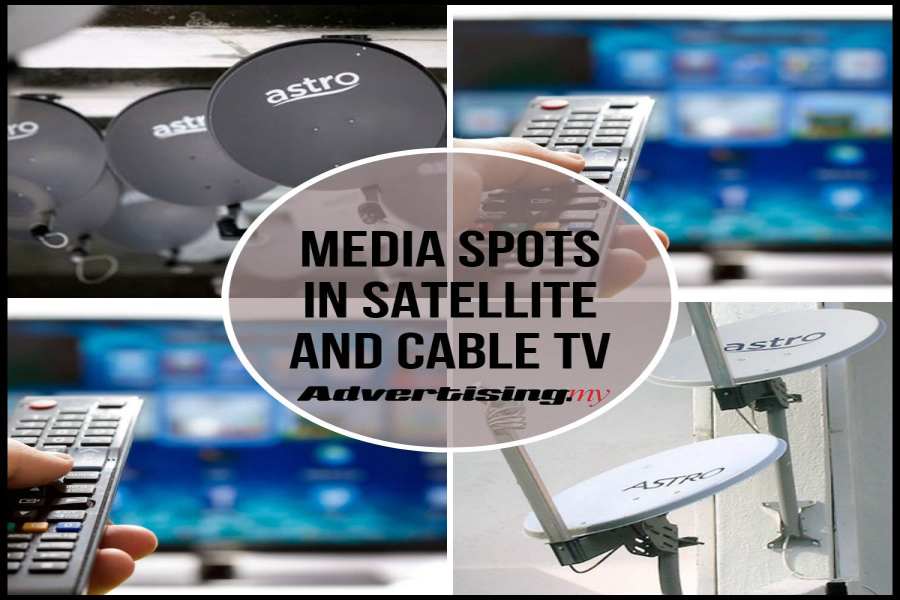
Your product or brand can be promoted using influencer marketing. This is not only beneficial for increasing sales, it can also increase awareness about you brand. There are many different ways you can measure and analyze your influencer marketing efforts. Setting goals is key. These goals should align with your overall campaign objectives. For instance, you might be looking to increase your website traffic and create new audiences.
You can use a variety of metrics to track the success of your influencer marketing campaign, including the number or likes, comments and shares you get from followers. The number of Instagram and YouTube subscribers that you get, the number you receive through email newsletters and the daily unique visitors you have to your site can all be tracked. Having these numbers allows you to calculate your influencer marketing ROI.
A third-party tool is an excellent way to track your campaign's return on investment. Google Analytics, for example, is a great tool to measure website traffic. It allows you to find out the origin of your website and how long it took for visitors to navigate the site. Several of the top social platforms offer similar capabilities. Facebook Insights or Pinterest Analytics might be two of these.

Setting up a dedicated dashboard that tracks your social media posts can help you determine your influencer market ROI. This is helpful for tracking your influencer's posting schedule and determining the number of impressions that you get from each post. Once you have this information, you can use it to justify your budget.
The number of backlinks you have to your site created after your campaign starts can also be used as a measure to assess your influencer-marketing ROI. Backlinks can help you rank higher in search engines and improve your site's performance. Backlinks are usually established by guest posting on other websites or through sponsored content. Keeping track of these numbers can help you measure your marketing efforts and plan for future campaigns.
Take into account the influencer's abilities. The ability to create great content is often a key factor in determining how much you can make. It is crucial to have the right skill set for influencers.
Lastly, keep in mind that the cost of your influencer marketing campaign can be quite high. An influencer marketing campaign's average ROI is $5-6 per dollar. The results you get will depend on what type of influencer and how much money you spend.

A campaign's sales can be a good indicator of its influencer marketing ROI. It is also possible to use the number of people who ask questions about the recommended products of your influencers to estimate how many customers purchased your product.
FAQ
What are your thoughts on television advertising?
Television advertising has the potential to reach large audiences at once. It was also quite expensive. It is powerful, however, if it is used well.
There are many different types of TV ads, but they all have certain common characteristics. Planning any TV ad should start with ensuring it fits in its category. Don't confuse a lifestyle ad with a product advertisement if you are running a commercial. Your message should stay consistent throughout the campaign.
Second, prime-time hours are the best times to air your ads. This is because most viewers watch TV while relaxing in front of the set. They should be able to concentrate on what you are saying.
You don't have to be rich to achieve great results. Actually, it could be the contrary. A University of California study found that commercials broadcast during popular shows had a lower chance of selling products than those broadcast during less-popular shows. Make sure you are doing it right if you're spending a lot on TV advertising.
Social media is a great way to advertise your business.
Social Media Marketing (SMM), allows you reach customers wherever they are on social media networks like Facebook, Twitter and LinkedIn. These networks can be targeted with keywords.
This advertising strategy is cost-effective as it costs less than traditional methods to market online. This method allows you to develop strong relationships with potential and current clients.
It is simple to get started using social media for your business promotion. All you need to get started with social media is a smartphone or a computer, and an internet connection.
Is there a way for me to get free traffic?
Refers to traffic that comes from organic search results, without the need for advertising. This type is known as natural, or organic traffic. You can get traffic free of charge by using article marketing, social media marketing and blogging.
Article marketing is one of the most effective ways to get free traffic. This is because it has a very low cost per click (CPC). Paid ads have a higher CPC, but the CPC is typically much lower than paid ads. Article marketing is also known as content marketing.
Social Media Marketing: Social media sites such as Facebook, Twitter, LinkedIn, and LinkedIn make it easy to promote your company through advertising. These social media platforms can be used to post updates and share photos. You may also build relationships with potential customers. Many businesses choose to pay for ad space on social media websites because they want to reach a wider audience at a lower price.
Blogging – Another way to generate traffic for free is to blog. High quality content will draw people to your blog. Once you're attracting visitors, you can monetize your blog by selling products or services.
Email Marketing – Email marketing has been around ever since the dawn of the Internet. However, it remains one of your best methods to drive traffic to you website. Regular email marketing is a great strategy to increase your subscribers and ultimately sell something.
What is an advertiser buyer?
An advertiser can buy advertising space in TV, radio, or print media.
Advertisers pay for the time their message appears.
They don't necessarily seek the best ad; they want to reach their target markets with the most effective ad.
Advertisers might have certain demographic information about potential customers. This could include age, gender income level, marital status and occupation as well as hobbies, interests, and so on.
This data can be used by the advertiser to decide which media is most effective for them. For example, they might decide that direct mail would be more effective with older audiences.
Advertisers also look at the competition. Advertisers may choose to place ads near competitors if there are similar businesses in the area.
Advertisers should also consider how much money they have available and how long it takes to use it.
What is branding?
Branding is how you convey who you really are and what you believe in. It is how people will remember your name when they hear it.
Branding involves creating an identity that makes your company stand out. A brand does not only include a logo, but includes everything that you look like and how your voice is used by employees.
A strong brand makes customers feel more confident about buying from you. They also feel more confident choosing your products than those from competitors.
Apple is a great example of a brand-named company. Apple is a well-known brand for its elegant design, high quality products and excellent customer service.
Apple's brand has become synonymous with technology. Apple is the brand people think of whenever they see a smartphone or computer.
When you consider starting a business, it's important to develop a brand. This will give you and your business a face.
What is advertising's primary purpose?
Advertising isn't just about selling products. It's also about creating an emotional connection among your customers and you.
Advertising is about communicating your ideas and values to people who already care about what you have to say. It's about changing people's attitudes. It's about building connections.
It's about helping people feel good about themselves.
You can't sell to your customers if you don’t know their needs.
It is essential to first understand the needs and purchasing habits of your customer before you embark on any advertising project.
This allows you to design ads that resonate well with them.
What is the best way to advertise in print?
Print advertising is an effective way to reach consumers. Print advertising is used by many companies to promote their products and services. The goal is to get the consumer's attention.
Print ads are typically short (1 page) and usually include text, photos, logos, or other graphics. Print ads can also contain sound, animation, videos, and hyperlinks.
The following are the main types print advertisements:
1. Brochures - These are large format printed pieces designed to attract people into stores. Brochures are filled with eye-catching designs, colorful pictures, and attractive graphics.
2. Catalogues – These are smaller versions to brochures. These are usually sent to customers who request information about specific items.
3. Flyers - These small pieces of paper are distributed at events like fairs and concerts. Flyers can be handed out at retail outlets for a small fee, but are generally free.
4. Flyers are also available in posters. These flyers can be displayed on buildings, fences and walls. They are created by computer software programs in order to grab passersby's eyes.
5. Direct mail: These are postcards or letters that are sent directly by post to potential customers. These are sent out by companies to remind customers about their business.
6. Newspaper Ads - These advertisements are found in newspapers and magazines. They are usually quite long and contain both text and images.
Statistics
- This means that at least 50% of an ad needs to be shown on the screen for at least one second. (quicksprout.com)
- Advertising's projected distribution for 2017 was 40.4% on TV, 33.3% on digital, 9% on newspapers, 6.9% on magazines, 5.8% outdoor, and 4.3% on radio. (en.wikipedia.org)
- It's 100% reliant on your website traffic. (quicksprout.com)
- Google will display whichever ad type (CPM or CPC) is expected to earn more revenue for the publisher, which is in Google's best interest since they take a 32% share of the revenue. (quicksprout.com)
External Links
How To
How can you advertise on a billboard
Although billboards have been around since late 1800s, they first became popular in World War II as they were placed along highways and roadsides. Many billboards include text advertising and others may also display photographs or artwork. Many billboards are static. Others display messages that change periodically, such a weather forecast, stock price, stock scores, political events, or stock market prices.
Although most billboards can be found outdoors, there are also indoor options. Outdoor billboards usually face traffic passing by them at least several times per day, while indoor ones may only be seen once every few years. The most common outdoor billboard style is the "cubic". It is made from three layers -- two sheets each of glass and a layer with fiberglass mesh. This design allows air movement through the billboard. It is cool in hot weather, and warm when it's cold.
Billboard Advertising Inc. is a company that advertiser pay to have their ads displayed on its billboards. It owns and operates many North America's largest billboard advertising companies. Advertisers are then offered space on these billboards by these companies. These spaces are bought by advertisers based on their advertising budget. They often choose the best locations for their ads based on where people drive and walk the most.
Billboard Advertising Inc. contracts with local governments in order to erect signs within city limits. Some cities allow billboards anywhere; others restrict them to certain areas. Chicago, for example, requires billboards to be kept at least 1,000 feet away from highways. Other cities place restrictions on billboards being placed closer than 500ft from schools or churches.
Billboard Advertising Inc. has contracts to promote products and services throughout the United States, including Florida, California, Nevada, Texas, Arizona, New Mexico, Colorado, Washington, Oregon, Idaho, Utah, Wyoming, Alaska, Hawaii, Canada, Puerto Rico, Guam, Virgin Islands, and American Samoa.